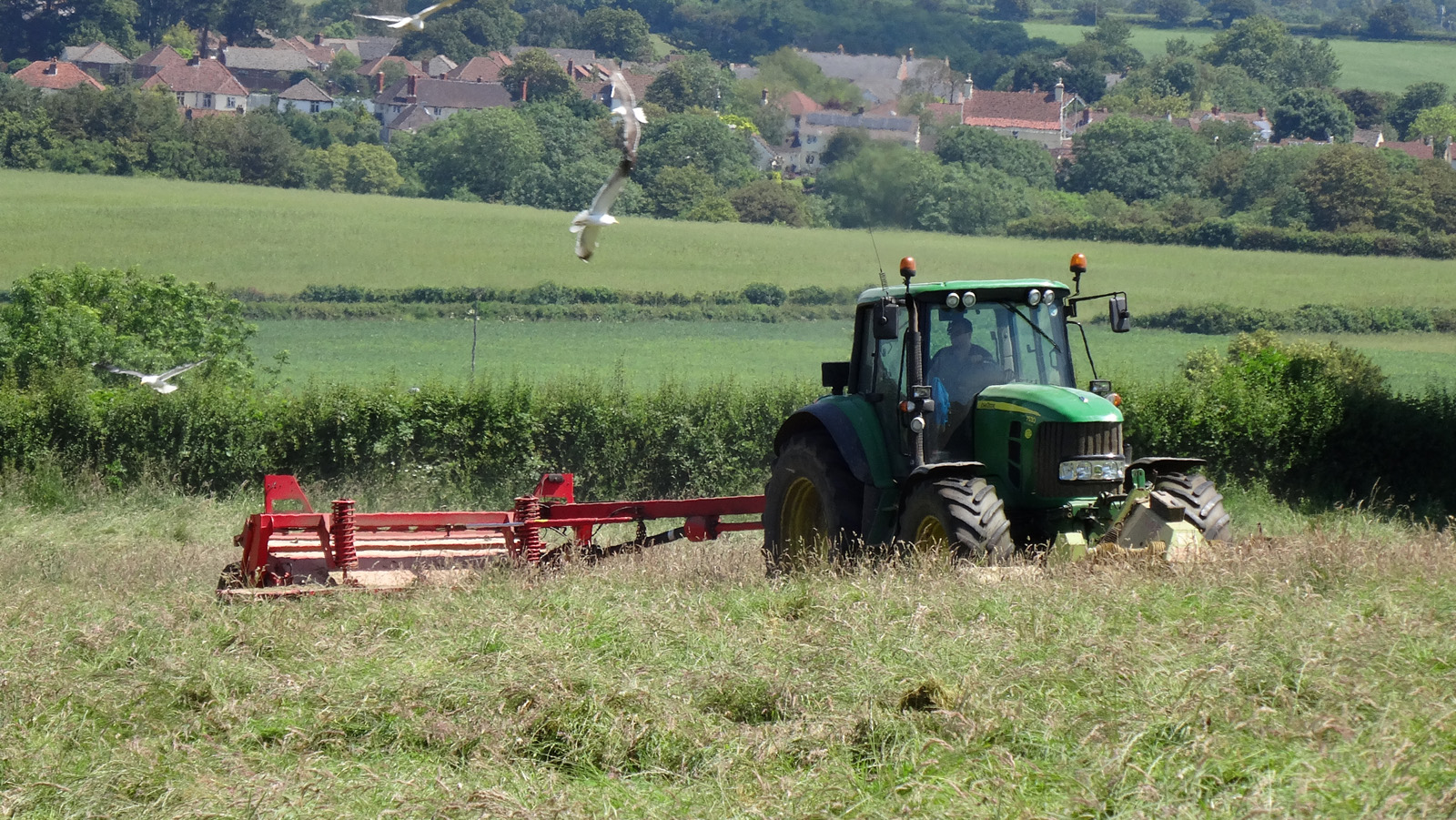 The world’s population is set to go on rising – at least to 2050. And as population rises, so will the demand for food. But here we come up against a potentially catastrophic illustration of the law of diminishing returns. Population is set to grow, but the world supply of land is pretty well fixed. And with global warming, some land may become unusable.
The world’s population is set to go on rising – at least to 2050. And as population rises, so will the demand for food. But here we come up against a potentially catastrophic illustration of the law of diminishing returns. Population is set to grow, but the world supply of land is pretty well fixed. And with global warming, some land may become unusable.
According to Sir John Beddington, an expert in population biology and lead author of a government-commissioned report, The Future of Food and Farming, there could be serious consequences of this population rise, including rapid rises in the demand for food, rising food prices, rising land prices, the degradation of land, growing food poverty in many developing countries, growing political unrest and serious environmental damage. As the report’s Executive Summary states:
The global food system will experience an unprecedented confluence of pressures over the next 40 years. On the demand side, global population size will increase from nearly seven billion today to eight billion by 2030, and probably to over nine billion by 2050; many people are likely to be wealthier, creating demand for a more varied, high-quality diet requiring additional resources to produce. On the production side, competition for land, water and energy will intensify, while the effects of climate change will become increasingly apparent. The need to reduce greenhouse gas emissions and adapt to a changing climate will become imperative. Over this period globalisation will continue, exposing the food system to novel economic and political pressures.
Any one of these pressures (‘drivers of change’) would present substantial challenges to food security; together they constitute a major threat that requires a strategic reappraisal of how the world is fed.
The report specifically looks at five key challenges for the future:
A. Balancing future demand and supply sustainably – to ensure that food supplies are affordable.
B. Ensuring that there is adequate stability in food prices – and protecting the most vulnerable from the volatility that does occur.
C. Achieving global access to food and ending hunger – this recognises that producing enough food in the world so that everyone can potentially be fed is not the same thing as ensuring food security for all.
D. Managing the contribution of the food system to the mitigation of climate change.
E. Maintaining biodiversity and ecosystem services while feeding the world.
So what can be done and how realistic are the policy solutions? The following broadcasts and articles examine the arguments
Webcasts and podcasts
 Scientists warn of huge pressures on food production
Scientists warn of huge pressures on food production Global food stocks face crisis, says chief scientist
Global food stocks face crisis, says chief scientist ‘No easy solution’ to global hunger
‘No easy solution’ to global hunger
BBC News, Pallab Ghosh (24/1/11)
BBC News, interview with Professor Sir John Beddington (24/1/11)
BBC Today Programme, interview with Professor Sir John Beddington (24/1/11)
Articles
- Britons must swallow fear of GM crops to feed world
- Genetically modified crops are the key to human survival, says UK’s chief scientist
- Report: Urgent action needed to avert global hunger
Observer, Robin McKie (23/1/11)
The Telegraph, Louise Gray (24/1/11)
BBC News, Pallab Ghosh (24/1/11)
Report
- Foresight. The Future of Food and Farming (2011), Final Project Report
- Full Report
- Executive Summary
The Government Office for Science, London (24/1/11) (link to sections of the report and to the evidence base)
Questions
- Summarise the main findings of the report.
- Does increasing the output of food per agricultural worker contradict the law of diminishing returns? Explain.
- What are the current failings of the system of global food supply?
- Why are problems of food supply likely to intensify?
- What externalities are involved in global food production? What impact do these have?
- In what ways might the externalities be internalised?
- What are the benefits and dangers of new technologies as means of increasing food supply?
- To what extent do the goals of increasing food supply and environmental sustainability conflict with each other?
- Explain the main drivers of change that affect food supply and demand? In what ways do these drivers interact with each other?
- “Although the challenges are enormous there are real grounds for optimism.” Explain the report’s authors’ thinking here.